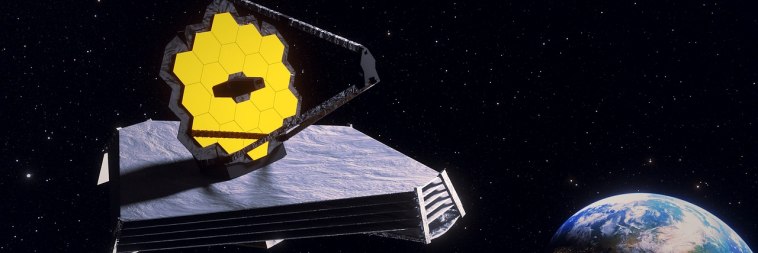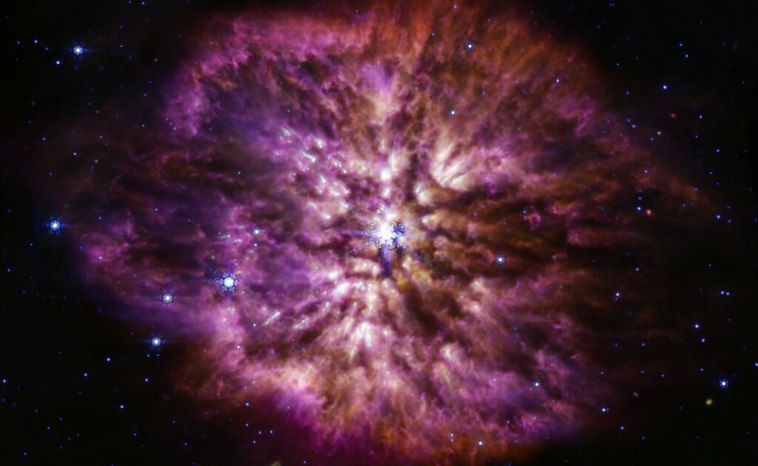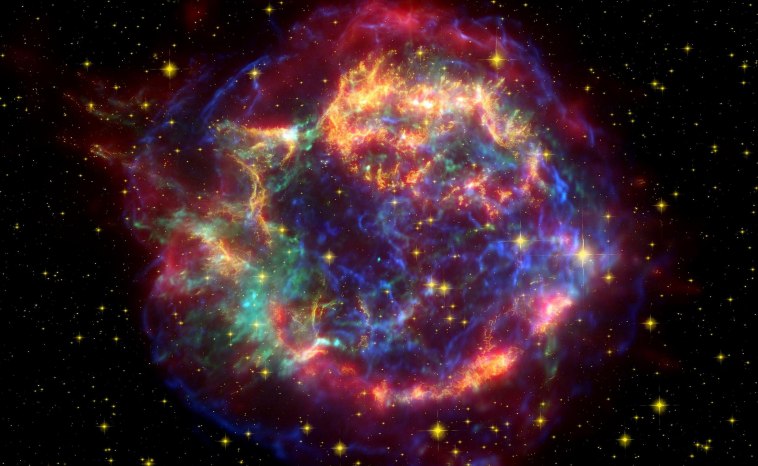NASA Telescope Spots Rare Pre-Supernova Moment

Since the James Webb Space Telescope came online in July 2022, we’ve enjoyed some of the most stunning and enlightening astronomy images ever seen. But now NASA has shared details of a new first for the telescope – a massive star ejecting cosmic dust as it’s about to go supernova.
NASA released the image of WR 124 earlier this month, although the spectacular image was one of the first shots taken by the JWST back in July 2022. While telescopes have previously captured images of active supernovae, catching a star in its pre-supernova phase is much rarer, and astronomers hope that the images of the incredibly rare event will help them further understand the science behind the event. “Before Webb, dust-loving astronomers simply did not have enough detailed information to explore questions of dust production in environments like WR 124.”, wrote NASA regarding the image, “Now those questions can be investigated with real data.”

Credit: NASA, ESA, CSA, STScI, Webb ERO Production Team
Credit: NASA, ESA, CSA, STScI, Webb ERO Production Team CC2.0What Is WR 124?
WR 124 is a Wolf-Rayet star approximately 15,000 light-years away in the Sagitta constellation. It’s pretty big as stars go – currently around 30 times more massive than our Sun. However, the star is ejecting hot gas into space and rapidly losing mass in the process. So much mass astronomers estimate that WR 124 has already shed ten Suns’ worth of material!
WR 124 is also significantly hotter and more luminous than our Sun, with a surface temperature of 44,700 kelvins vs the Sun’s 5,778 kelvins and a brightness of 562,000 lumens.
What Is a Wolf-Rayet Star?
Wolf-Rayet (WR) stars are a particularly rare and especially large type of star. These mammoth objects have at least 20 solar masses and typically experience a fast rate of mass loss. WR stars are also very hot, with surface temperatures generally falling between 25,000 – 50,000 kelvins. However, the hottest known WR star, WR 102, has a surface temperature of 210,000 kelvins. Scientists estimate that our Milky Way galaxy, which contains up to 400 billion stars, may only be home to as few as 1,000 WR stars.
WR stars also tend to experience very energetic ends to their days in the form of a supernova. Although not conclusively proven, many astronomers believe that WR stars are the primary source of several types of supernovae.

What Is a Supernova?
A supernova is essentially the explosive final act of particularly massive stars. After a big enough star expends all of its nuclear fuel, it will enter a phase of unstoppable nuclear fusion. At this point, the star’s gravity increases enough to pull it in on itself, causing the outer parts of the star to explode violently, while the inner remnants often collapse into a black hole or neutron star.
Supernovae are amongst the brightest objects in the universe. A supernova occurring on the other side of our galaxy could be bright enough for us to see from Earth – They can even be bright enough for us to see them clearly during the day! Astronomers estimate that 2 – 12 supernovae occur in our galaxy each century. However, we haven’t directly witnessed a supernova on Earth for around 400 years. That said, several candidate stars could go supernova any day, astronomically speaking, such as Betelgeuse, Rigel, and Antares.
OSR Star Finder App
To learn more about Betelgeuse, Rigel, and other supernova candidates, why not download the OSR Star Finder App? After downloading to your iOS or Android device, you can explore the fascinating stars and constellations of the night sky.

